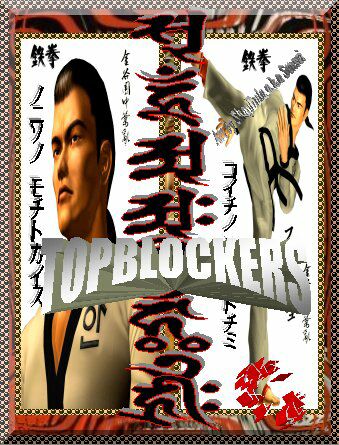TaeKwonDo: A Lifetime Sport and Lifesaving Course
TaeKwonDo means "The Way of Fist and Foot Fighting". It is a Korean sport in which either two persons practice methods of unarmed fighting or one person can exercise both physical fitness and self-defense. It is an ancient and once secret Korean art of weaponless self-defense. Although primarily a defensive art of self-protection, TaeKwonDo as in the past two decades also rapidly developed as an injury-free international competitive sport which resembles a composite of the French foot fighting known as Savate and boxing. Technically, it is a unique style of Oriental martial arts combining Korean feet fighting techniques with Chinese hand techniques.
The TaeKwonDo student has through many years of tedious daily practice developed his feet and body into hidden weapons of defense. He can respond with lightning-like speed and explosive force-should he be physically attacked. TaeKwonDo has been called the ultimate in self defense because it trains reflexes so keen and accurate that the student can effectively defend himself from attacks by multiple assailants, yet he is able to spar vigorously with fellow students without heavy protective garments and in complete safety.
Brief History
The Korean civilization is more than 4,310 years old and has its own traditional language, culture and martial arts. The ancient martial arts had their beginning hundreds of years before the birth of Christ and included the use of military weapons; however, the advantages of unarmed-combat-techniques were not overlooked, and the skills and many forms of unarmed combat were also emphasized and developed. Consequently, TaeKwonDo developed as a brand of the martial arts limited to combat with the natural weapons of fists, hands and feet.
Historically, the origin of TaeKwonDo can be traced back to the three kingdoms of Koguryu (37 bc - 668 AD), Paekche (18 BC - 600 AD), and Silla (57 BC - 936 AD). Archaeological findings such as mural paintings on the royal tombs of the Koguryo dynasty, the stone sculptures of pagodas of temples produced during the Silla period, and also documents written in the Paekche dynasty show many studies of fighting stances, skills and formalized movements that closely resembled present stances and forms of TaeKwonDo. Therefore, it can be safely inferred that the people in the three kingdoms practiced an art very much like the one we study today .
|





